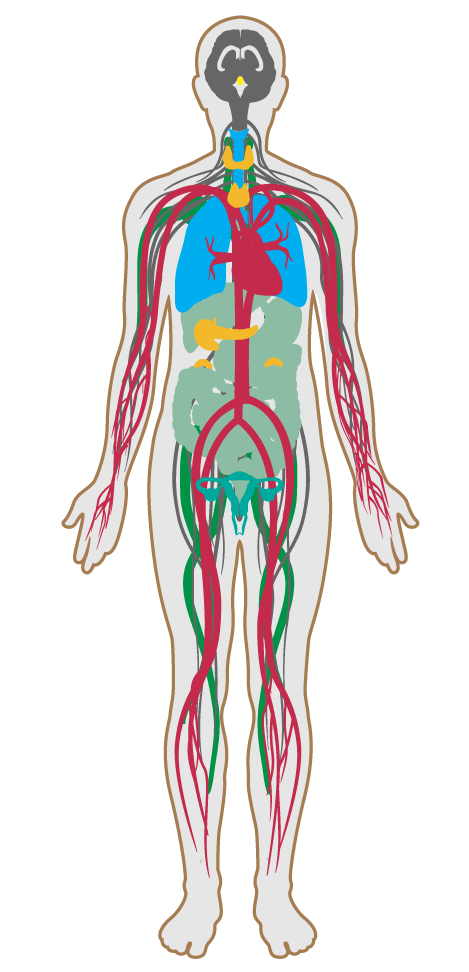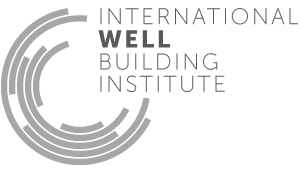Material transparency
- 83 Radiant thermal comfort
- 84 Health and wellness awareness
- 85 Integrative design
- 86 Post-occupancy surveys
- 87 Beauty and design I
- 88 Biophilia I - qualitative
- 89 Adaptable spaces
- 90 Healthy sleep policy
- 91 Business travel
- 92 Building health policy
- 93 Workplace family support
- 94 Self-monitoring
- 95 Stress and addiction treatment
- 96 Altruism
- 97 Material transparency
- 98 JUST organization
- 99 Beauty and design II
- 100 Biophilia II - quantitative
- 101 Innovation feature I
- 204 Impact reducing flooring
- 205 Health through housing equity
97. Material transparency
Just as consumers have a right to know the contents of the food they consume (whether to avoid an allergic reaction or to make healthier nutrition choices), they should be able to find out what is in the products that make up the buildings they occupy.
This feature requires the disclosure of material composition as a step towards better product choices.
To minimize glare caused by incoming sunlight, the following conditions are met for desks located within 4.5 m [15 ft] of view windows:
The following condition is met:

Applicability Matrix
| Core & Shell | Tenant Improvement | New Construction | |
|---|---|---|---|
| Part 1: Workstation Orientation | - | O | O |
| Part 2: Accessible Information | O | O | O |
| Commercial Kitchen | Schools | Multifamily Residential | Restaurant | Retail | |
|---|---|---|---|---|---|
| Part 1: Workstation Orientation | - | O | - | - | - |
| Part 2: Accessible Information | O | O | O | O | O |
Verification Methods Matrix
| Letters of Assurance | Annotated Documents | On-Site Checks | |
|---|---|---|---|
|
PART 1 (Design) Workstation Orientation |
Auditor Inspection | ||
|
PART 2 (Design) Accessible Information |
Auditor Inspection |
| 97.1.c |
USGBC’s LEED v4 MR credit: Building Product Disclosure and Optimization - Material Ingredients Option 1 has projects use at least 20 permanently installed products from at least 5 different manufacturers that use any of 4 programs described in the credit. |
| 97.1.a |
Declare promotes materials transparency by providing a platform for manufacturers to disclose product ingredients and other relevant information. |
| 97.1.b |
The Health Product Declaration's Standard Version 1.0 provides guidance for declaring "product content and direct health hazards associated with exposure to its individual contents." |
